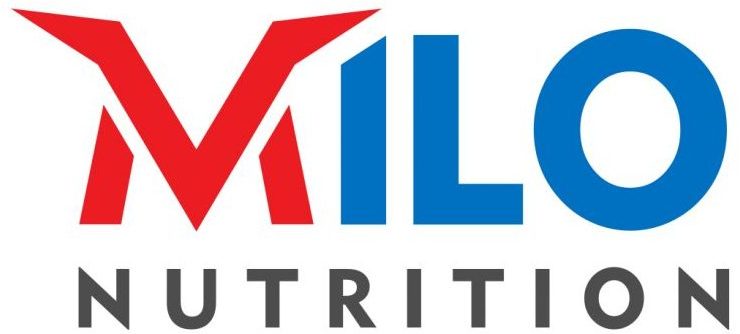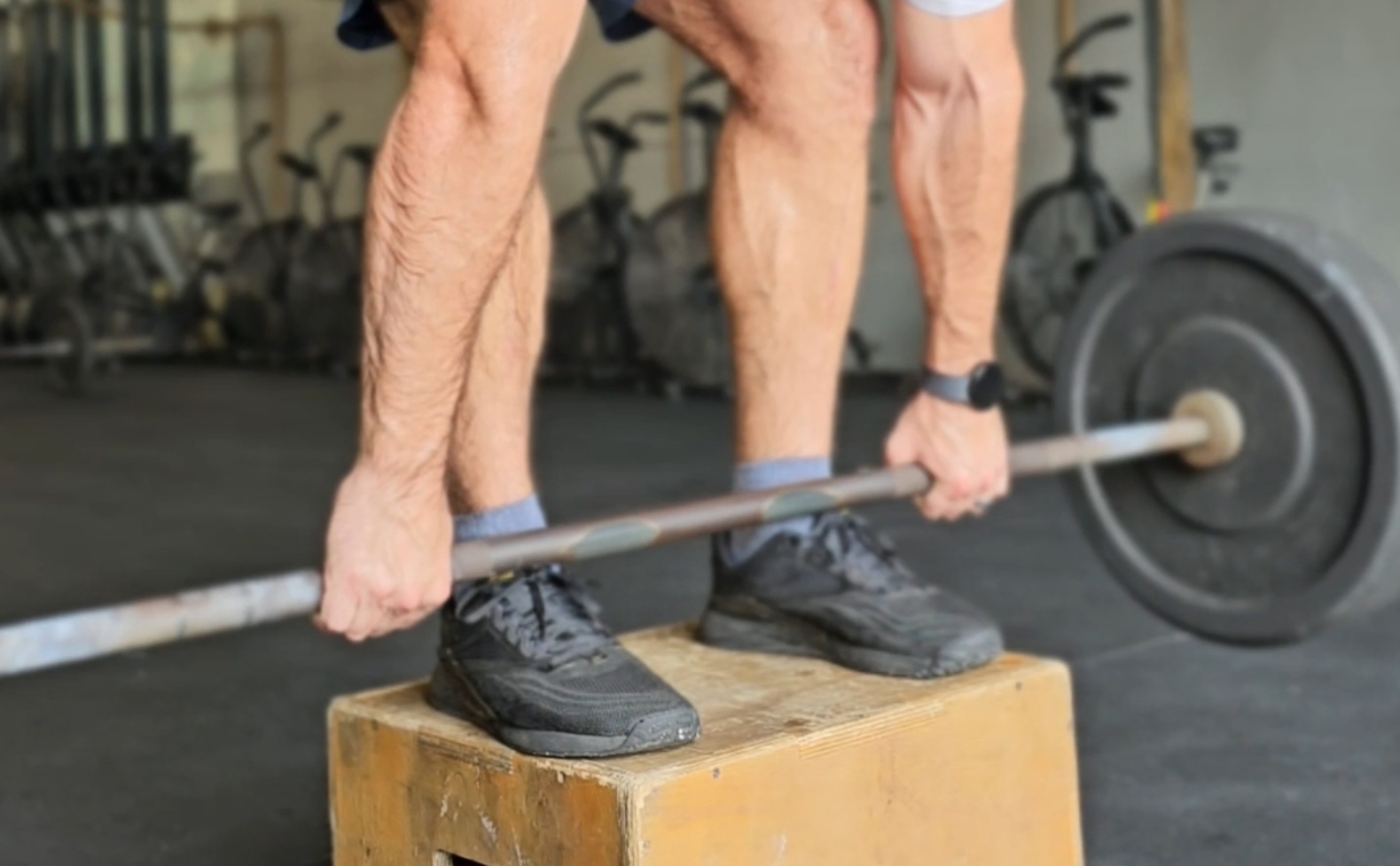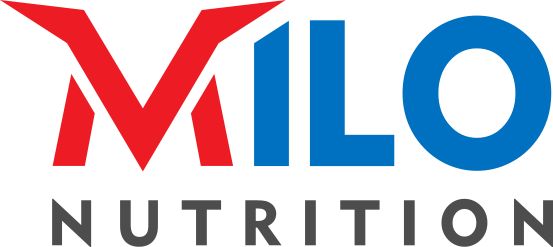The power, resilience, and capabilities of our bodies are truly astonishing. Among the many muscle groups that contribute to our overall strength and mobility, the posterior chain deserves a special mention. It’s a collection of muscles, including the glutes, hamstrings, and lower back, that work harmoniously to support a myriad of essential daily functions. From picking up a dropped pen to sprinting after a bus, the posterior chain is instrumental.
One movement that stands out both for its potential benefits and the challenges it poses is the deficit deadlift. As seen in the image above, the athlete engages in an intense hamstring stretch while performing the lift. The range of motion here is more extended than in a standard deadlift, amplifying the rewards.
Why Deficit Deadlifts?
- Enhanced Range of Motion: The elevated position allows for a deeper starting position, increasing the range through which the lift is performed. This extended range is excellent for improving flexibility, especially in the hamstrings.
- Hamstring Flexibility: Hamstrings play a vital role in this exercise. Lengthening these muscles is as crucial as strengthening them. This dual-action promotes optimal muscle health and reduces injury risk. Tight hamstrings are more prone to strains and tears.
- Building Resilience: The posterior chain, when trained properly, provides a protective barrier against injuries in the lower back. Deficit deadlifts develop the ideal balance of flexibility and strength in the muscles and joints.
The Need for Strong and Flexible Hamstrings
In today’s digital era, many of us spend hours hunched over computers, leading to a sedentary lifestyle. This prolonged sitting shortens and weakens the hamstrings over time. When suddenly called into action, these tight hamstrings are prone to pulls or tears.
Exercises like the deficit deadlift can mitigate these risks. By consistently focusing on lengthening and strengthening the hamstrings, we:
- Improve overall posture
- Enhance athletic performance
- Reduce injury risk
- Promote better circulation and muscle health
How to Incorporate Deficit Deadlifts into Your Training
Here are some tips to safely and effectively include deficit deadlifts or other posterior chain exercises in your routine:
- Consult a personal trainer for guidance on proper technique before attempting advanced movements like the deficit deadlift.
- Warm up before each workout with dynamic stretches targeting the hamstrings, glutes, and lower back.
- Listen to your body and stop immediately if an exercise causes pain. Seek advice to determine the cause.
- Be consistent. Reap the full benefits by integrating posterior chain exercises into your regular training routine and track progress over time.
The Takeaway
Strengthening the posterior chain with targeted exercises like deficit deadlifts leads to improved athletic performance, posture, and overall wellness. A dedication to proper training, along with patience and consistency, will build the strong, resilient physique we all aspire to. Consult fitness professionals to craft a customized training plan that incorporates deficit deadlifts and other posterior chain exercises. The journey to better health starts with that first step.



